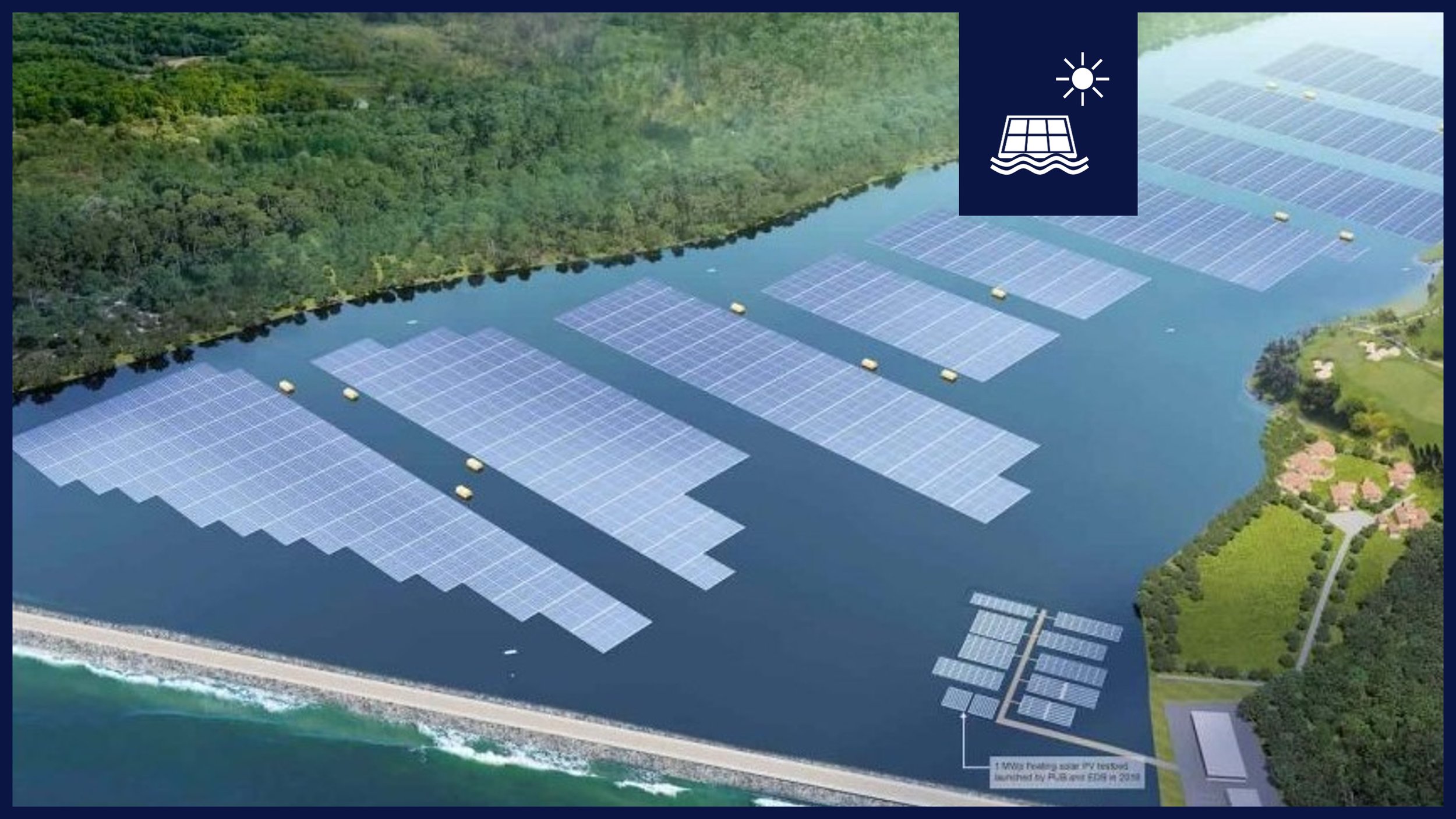Case studies
Illustrative examples on decarbonization measures, costs and regulations
- Alfa Laval
- Alternative Fuels
- Amsterdam
- Arctic
- Arenared
- Asia
- Australia
- Autonomous
- Ballard
- BAM
- Barge
- Batteries
- Battery Hybrid
- Biodiversity
- Biofuels
- Blog
- Bluewater
- BP
- Bulk Carrier
- Carbon Capture
- Case Study
- Cavotec
- CCS
- China
- Clean Shipping Act
- Climeon
- CMA CGM
- Combination Carrier
- Container Ship
- Corvus
- COSCO
- Cruise passenger
- Damen
- Decarbonizer
- Decarbonizer case study
- Digitalization
- Dredging
- Econowind
- Ecospeed
- Electrification
- Energy Major
- Engine
- ENI
- EOPSA
- Equinor
- EU
- Exhaust gas
- FAME
- Feeder
- Fishing
- Flind
- Floating Solar
- Fossil Fuels
- FuelEU
- Full Electric
- Gas Carrier
- GE
- General Cargo
- GoodFuels
- Green Hydrogen
- Hapag-Lloyd
- Harbor Tug
- HBE
- Heerema
- Hull Coating
- Hullvane
- HVO
- Hybrid
- Hydrogen
- IMO
- Industry
- Inland Waterways
- Inland Waterways General Cargo
- Inland Waterways Tanker
- InnovationQuarter
- Japan
- Knutsen
- Kongsberg
- KVNR
- Liquefied Gas Carrier
- LNG Carrier
- LPG Tanker
- Maersk
- Maritime Battery Forum
- Metasorbex
- Methanol
- Microgrids
- Miscellaneous
- Mobilyze
- Movie
- MSC
- Neste
- Netherlands
- North Star
- NorthVolt
- Norway
- NOx
- Ocean Sun
- Offshore
- Offshore Charging
- Offshore Construction Vessel
- Offshore Support Vessel
- Ore Carrier
- Ørsted
- Passenger Ship
- Plastic
- Port / Tugs
- Port of Auckland
- Port of Rotterdam
- Ports
- Project BOEI
- Provincie Zuid-Holland
- Pusher Tug
- Q&A
- QuantumScape
- Recycling
- Rijkswaterstaat
- Ro-Ro Ships
- Rotterdam
- Rules and Regulations
- Semi-Submersible
- SFC
- Shell
- Shipping Company
- Shore Battery
- Shore Power
- Shorelink
- Singapore
- Skoon
- Smart Vessel Optimizer
- Solar PV
- Solid-State Lithium
- Sparky
- Steel
- Stillstrom
- Subsea Industries
- Synthetic Fuel
- Talk with an Expert
- Tanker
- Tanker/Bulk Carrier
- Techbinder
- Techno-Economic Guide for Ship-Based Carbon Capture
- TotalEnergies
- Trailing Hopper Suction Dredger
- Trawler
- US
- Van Oord
- Wärtsilä
- Waste heat recovery
- Wattlab
- Wind
- Wind Power
- Yara
- Zero-Emission Vessel
How to decarbonize your ship - Inland Waterways + Solar PV
This is a case study on how to decarbonize an inland waterway ship with solar PV technology. Flexible solar PV panels from Wattlab are placed on an inland ship’s hatches in order to reduce fuel consumption while idling or moored. In some cases, the auxiliary generators can be switched off, resulting in an expected CO2 reduction of 26% - 100%.
Thailand builds a massive floating hydro-solar farm
Thailand is close to completing one the world's biggest hydro-floating solar hybrid farms on the surface of a dam, part of steps towards boosting renewable energy production after years of criticism for reliance on fossil fuels.
Making the Impossible Possible
This blog sketches a vision on how to convert the largest crane vessel in the world - Sleipnir - owned by Heerema Marine Contractors, to a zero-emission vessel. Several promising carbon reduction measures are combined which are technically viable and based on matured technology including electrification and BES, solar panels, synthetic fuels, CCS and possibly hydrogen combustion.
One of World’s Biggest Inland Floating Solar Systems begins construction in Singapore
Solar PV is integrated with the local water treatment system on Tengeh Reservoir in Singapore, offsetting 6% of its annual energy needs for 25 years.
Ship-Based Carbon Capture Techno-Economic Guide
This blog provides techno-economic guidance for the use of SBCC onboard your vessel, including operational impact, logistics and of course the costs for implementation. Key points include the following; SBCC is applicable to virtually all ship types, sizes and fuel type but LNG is preferred. SBCC produces 2 m3 of CO2 per day per MW. SBCC costs €115 per ton CO2, is a CAPEX dominated technology and costs €175k per MW.
Equinor moves ahead with CCS
Following a historic vote in parliament on December 15th 2020, the Norwegian Government announced its funding decision for the ‘Northern Lights’ CO2 transport and storage project. The project aims to create a carbon capture and storage hub in Norway, open to third parties. It will be the first ever cross-border, open-source CO2 transport and storage infrastructure network and offers European industrial emitters the opportunity to store their CO2 safely and permanently underground.
World’s Largest Direct Air Capture Facility to Capture CO2 Under Development
The facility from 1PointFive and Carbon Engineering will capture CO2 directly from the air and store it safely, permanently and securely deep underground in geological formations.







